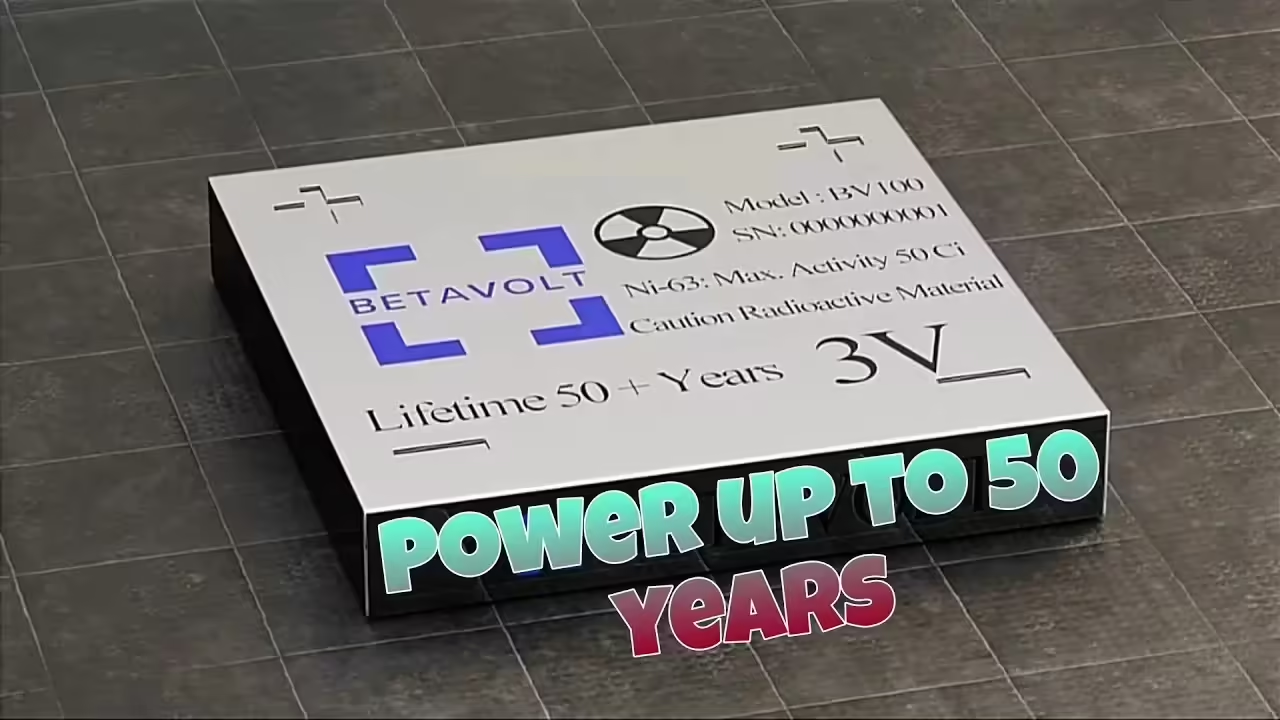Nvidia’s Shift: From Gaming to AI
Nvidia, a company globally recognized for its leadership in graphics processing units (GPUs), has been a driving force in the video game industry for decades. However, in recent years, the company has begun to transform its focus, shifting attention from the gaming GPU market to the rapidly evolving field of artificial intelligence (AI).
The Rise of AI and Its Impact on Nvidia
The advancement of artificial intelligence has redefined multiple industries, from medicine to transportation. Nvidia has recognized the almost limitless potential of AI and, as a result, has channeled much of its resources and efforts into this technology. GPUs, once primarily considered tools for enhancing video game graphics, are now essential components in training and executing AI models.
Nvidia’s transition is no coincidence. The demand for high-performance GPUs has grown exponentially due to the rise of AI. Deep learning and neural networks require massive processing power, and Nvidia’s GPUs have proven to be ideal for meeting these needs. As a result, Nvidia has found in AI a market with even faster and more lucrative growth than gaming.
The Evolution of the Gaming GPU Market
This reorientation towards AI has had significant consequences for gamers. Historically, Nvidia competed fiercely in the gaming GPU market, launching increasingly powerful and affordable products to attract a broad audience of gamers. However, the company’s current priority on AI has slowed the development of new gaming-focused GPUs.
Gamers have begun to notice that new GPUs are not only less frequent but also more expensive. This is partly because Nvidia has diverted much of its production capacity towards creating GPUs designed for AI applications, where profitability is higher.
Nvidia and the Future of Gaming
Despite this shift, Nvidia has not completely abandoned gamers. The company continues to develop GPUs for video games, though to a lesser extent than before. However, gamers will need to adapt to a new reality: next-generation GPUs will not only be less accessible but may also be designed with a broader focus than just graphics performance.
This raises important questions about the future of gaming. As Nvidia and other tech companies increasingly focus on AI, gamers might face a market where hardware innovation for gaming slows down. However, there is also the possibility that technology developed for AI could ultimately benefit games, whether through more realistic graphics or more immersive gaming experiences.
How AI is Transforming Nvidia’s Priorities
Nvidia, a company that has dominated the graphics processing unit (GPU) market for years, is undergoing a transformation that is redefining its priorities. While Nvidia is known for its impact on the gaming industry, the rise of artificial intelligence (AI) has led the company to focus increasingly on this emerging field. This new strategic direction marks a profound shift in how Nvidia operates and where it directs its resources.
From Gaming to AI: A Strategic Shift
Nvidia has been a cornerstone in developing technologies that have revolutionized the video game industry. Its GPUs have allowed gamers to experience virtual worlds with ultra-realistic graphics and unmatched performance. However, in recent years, Nvidia has identified an even greater opportunity: artificial intelligence.
AI requires significant processing power, especially for tasks like deep learning, where neural networks must analyze and process vast volumes of data. Nvidia’s GPUs, originally designed to handle graphics-intensive workloads, have proven to be ideal tools for AI applications. This versatility has allowed Nvidia to expand its focus beyond gaming and explore new horizons in technology.
The Rise of AI: Redefining Priorities
The potential of artificial intelligence is enormous, spanning a wide range of industries, from medicine to automotive, finance, and more. Nvidia has recognized that the growth and adoption of AI offer a vast and rapidly expanding market. As a result, the company has redirected its efforts toward developing hardware and software that drive AI.
One clear example of this shift is the creation of the Nvidia AI platform, which provides solutions for training and deploying AI models across various applications. This platform, along with other innovations such as Nvidia’s data processing units (DPUs), underscores how AI has become a central pillar of the company’s strategy.
Impact on the Gaming Market
This shift in priorities has not been without consequences for the video game market. As Nvidia invests more in AI, some gamers have noticed a slowdown in the pace of innovation for GPUs specifically designed for gaming. Additionally, high-end GPUs, which were previously aimed primarily at gaming enthusiasts, are now competing with demand from the AI sector.
The result has been an increase in prices and reduced availability of GPUs for gamers, especially at a time when demand for high-performance hardware is at its peak. While Nvidia continues to support the gaming market, it is clear that AI has become the company’s new priority.
A Future Driven by Artificial Intelligence
Nvidia’s transformation towards AI not only affects the products it develops but also its vision of the future. The company sees artificial intelligence not just as a business opportunity but as a tool with the potential to change the world. Nvidia is investing in technologies that will enable advancements in automation, personalized medicine, autonomous driving, and many other areas.
As Nvidia continues to innovate in the field of AI, we are likely to see a lasting impact across various industries. At the same time, the company will seek to balance its gaming legacy with its new AI-focused vision, attempting to meet the demands of both markets.
The Future of GPUs: What Does It Mean for Gamers?
For years, graphics processing units (GPUs) have been the heart and soul of gaming, driving performance and visual quality in video games. Companies like Nvidia have led this field, offering increasingly powerful GPUs that allow gamers to immerse themselves in cutting-edge graphical experiences. However, the future of GPUs is rapidly changing, driven by the rise of artificial intelligence (AI) and other emerging technologies. This shift raises the question: what does this mean for gamers?
The Evolution of GPUs and the Impact of AI
GPUs have evolved significantly from their beginnings, transitioning from simple graphics processors to advanced computing engines. With the rise of artificial intelligence, GPUs have found a new purpose in processing large volumes of data and training AI models. This has led companies like Nvidia to increasingly direct their resources towards developing GPUs specialized for AI applications, which has begun to alter the market dynamics.
Nvidia’s focus on AI has resulted in a reduced emphasis on developing GPUs exclusively for gaming. While new graphics cards for gaming are still released, the frequency of these releases has decreased, and GPU prices have increased, partly due to demand from the AI market. This has raised concerns among gamers, who worry that the advancement of AI may overshadow the development of gaming hardware.
The Competition for Processing Power
One of the major concerns for gamers is the competition for processing power. GPUs that were previously dedicated solely to enhancing gaming experiences are now being used for tasks such as deep learning, scientific data simulation, and industrial process automation. This competition for resources has led to a shortage of GPUs in the market and a price increase that directly affects gamers.
Moreover, the fact that companies are prioritizing AI technology development could mean that gaming-specific innovations are less frequent. Gamers looking to upgrade their systems with the latest graphics cards may face a market with fewer options and higher costs.
What Can Gamers Expect?
Despite these challenges, the future is not entirely bleak for gamers. While AI has changed the priorities of companies like Nvidia, it has also opened the door to new possibilities within gaming. AI-driven technologies such as ray tracing and DLSS (Deep Learning Super Sampling) are enhancing graphical quality and game performance, offering more realistic and fluid experiences.
Furthermore, the integration of AI into video games could lead to the creation of more intelligent non-player characters (NPCs), more personalized gaming experiences, and game environments that adapt in real-time to player actions. Although AI is changing the GPU market, it is also laying the groundwork for a future where games are more immersive and dynamic than ever before.
The Need for Adaptation
For gamers, the key is adaptation. As technology companies continue to explore new applications for GPUs, gamers will need to be prepared for a constantly changing market. This might involve waiting longer to upgrade hardware, seeking alternative options such as purchasing used GPUs, or exploring emerging technologies that leverage AI to enhance the gaming experience.
The Impact of AI on GPU Price and Performance
Artificial intelligence (AI) has disrupted numerous industries, and its influence on the graphics processing unit (GPU) market is no exception. Originally designed to handle graphical and visual tasks, GPUs have become crucial tools for the development and execution of AI applications. This transformation has had a significant impact on GPU prices and performance, affecting a wide range of users, from gamers to researchers and tech companies.
The Evolution of GPUs Towards AI
GPUs were designed to manage complex parallel operations, making them ideal for rendering 3D graphics and other intensive visual processes. However, as the field of artificial intelligence has grown, it has been discovered that the same capabilities that make GPUs effective for graphics are also useful for processing large volumes of data needed to train AI models. Neural networks and other deep learning algorithms require massive processing power, and GPUs have become a fundamental tool for these tasks.
Increase in GPU Prices
With the growing demand for GPUs for AI applications, the market has experienced a significant increase in prices. This phenomenon is due to several factors:
Accelerated Demand: The rising need for GPUs in data centers and AI applications has led to fierce competition for hardware, driving up prices. Companies developing cutting-edge AI models are often willing to pay a premium for high-performance GPUs.
Component Shortages: High demand has also contributed to shortages of essential components for GPU manufacturing. This lack of supply has exacerbated the price increases, affecting both consumers and businesses.
Research and Development Costs: Significant investments in research and development to create GPUs capable of handling AI workloads are also reflected in final prices. Manufacturers need to recoup these costs, which often results in higher prices for consumers.
Impact on GPU Performance
The focus on AI has also affected GPU performance in several ways:
AI Optimization: New generations of GPUs are specifically designed to enhance performance in AI applications. These optimizations include specialized cores and improved architectures that handle AI operations more efficiently. This has led to significantly better performance in AI tasks but may not be necessary for users only seeking improvements in gaming graphics performance.
Performance Trade-offs: Some advanced GPU models are designed to balance performance between AI applications and graphical tasks. This may result in slightly lower graphical performance compared to GPUs designed exclusively for gaming, although users still experience high performance levels.
Technological Innovations: The integration of technologies such as ray tracing and Deep Learning Super Sampling (DLSS) into GPUs has improved gaming graphics performance, although these technologies also benefit from the AI focus. The evolution of these technologies continues to benefit gamers by providing more realistic graphics and enhanced performance.
Implications for Consumers
For consumers, the impact of AI on GPU prices and performance presents both challenges and opportunities:
Additional Costs: Gamers and users seeking GPUs for non-AI applications may face higher costs due to the demand for AI hardware. This could lead to increased costs for hardware upgrades and greater difficulty accessing the latest technologies.
Technological Benefits: Despite the higher costs, consumers also benefit from AI-driven technological innovations. Improvements in graphical performance and the ability to handle complex tasks more efficiently are additional advantages that may justify the cost for some users.








